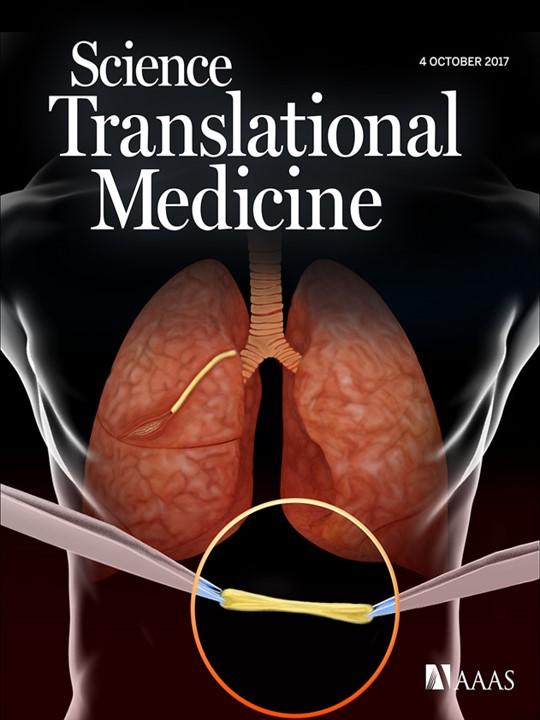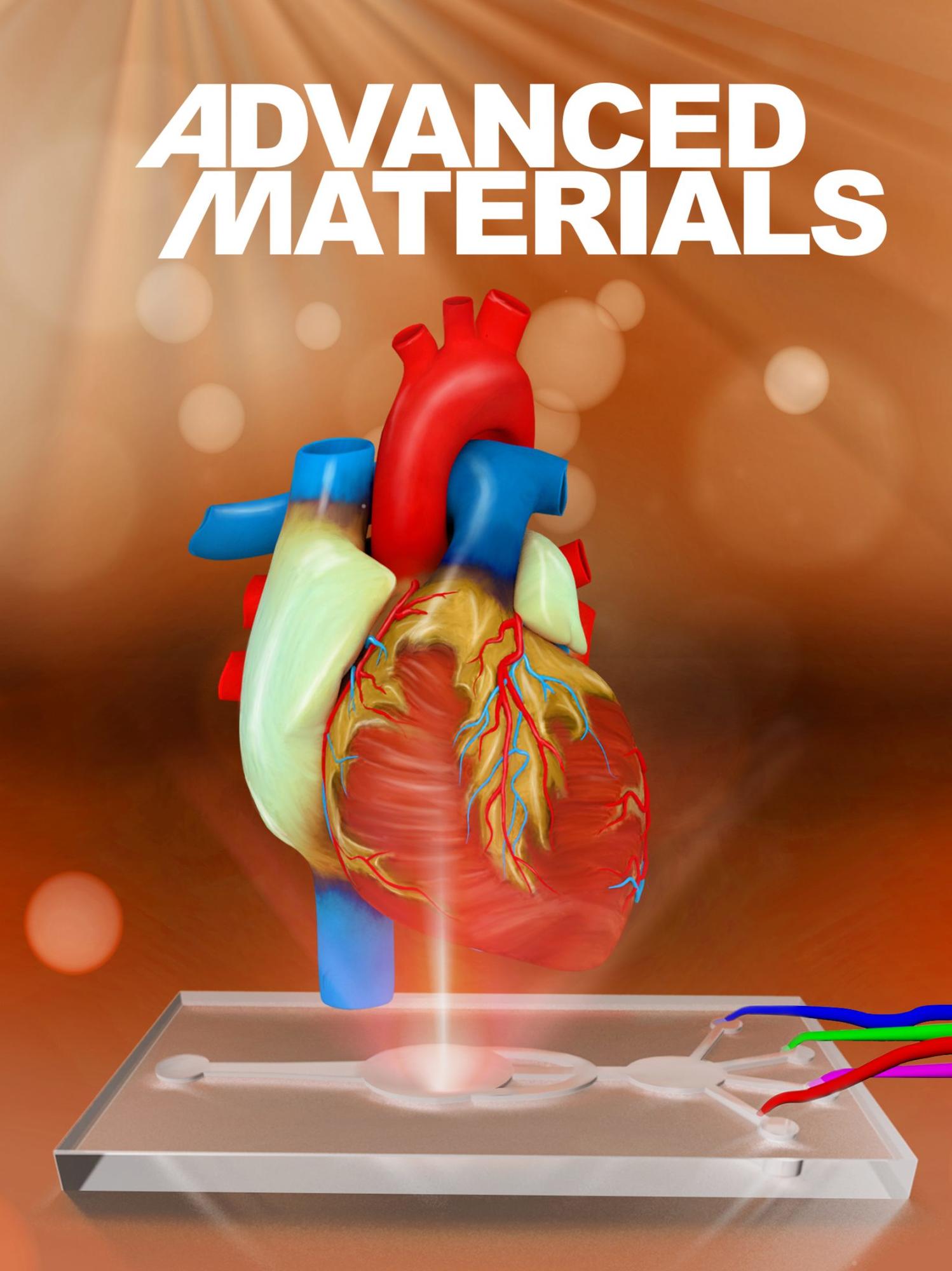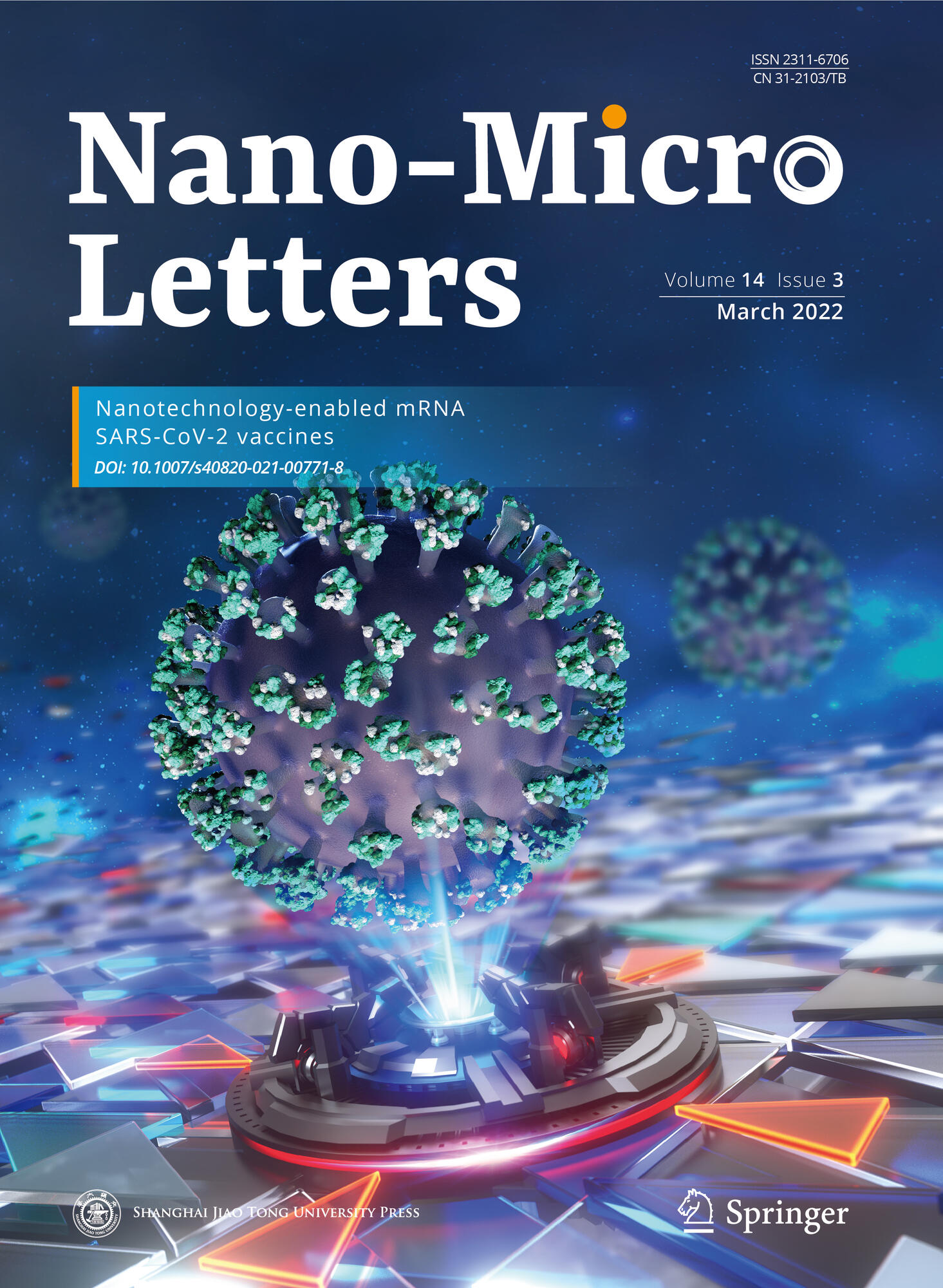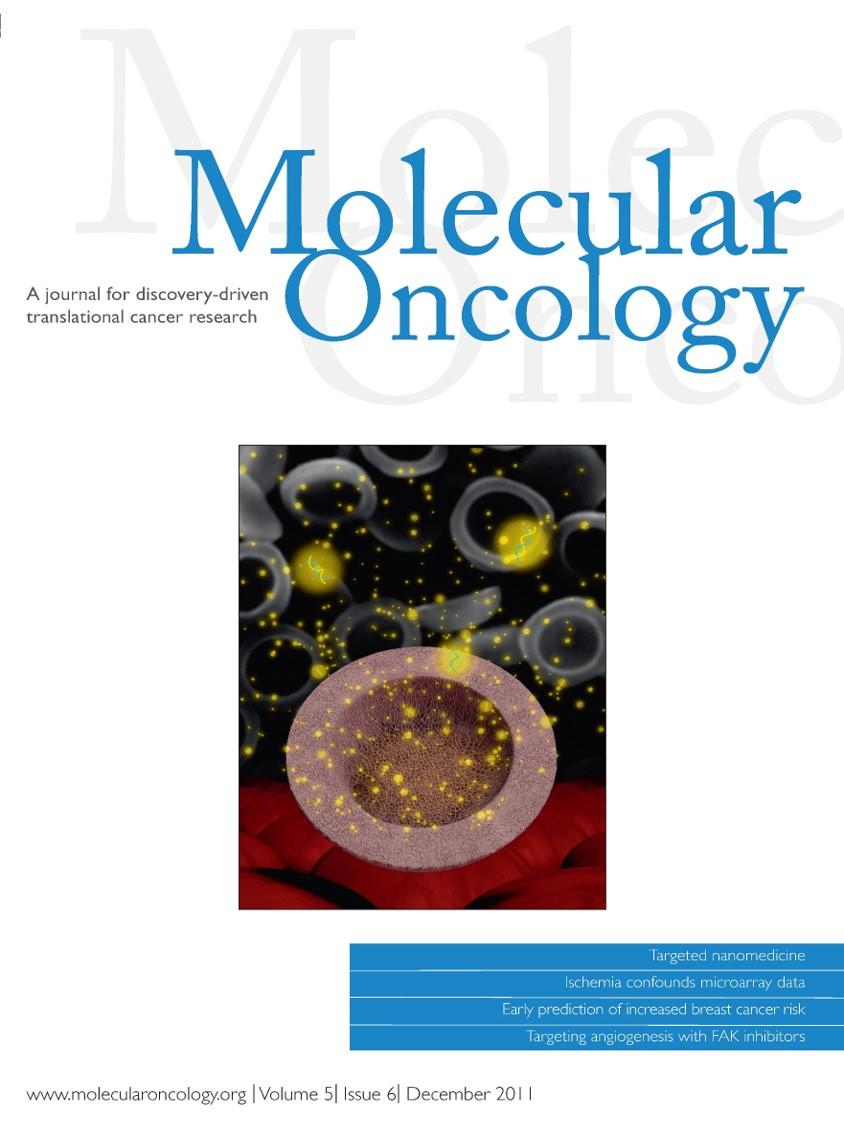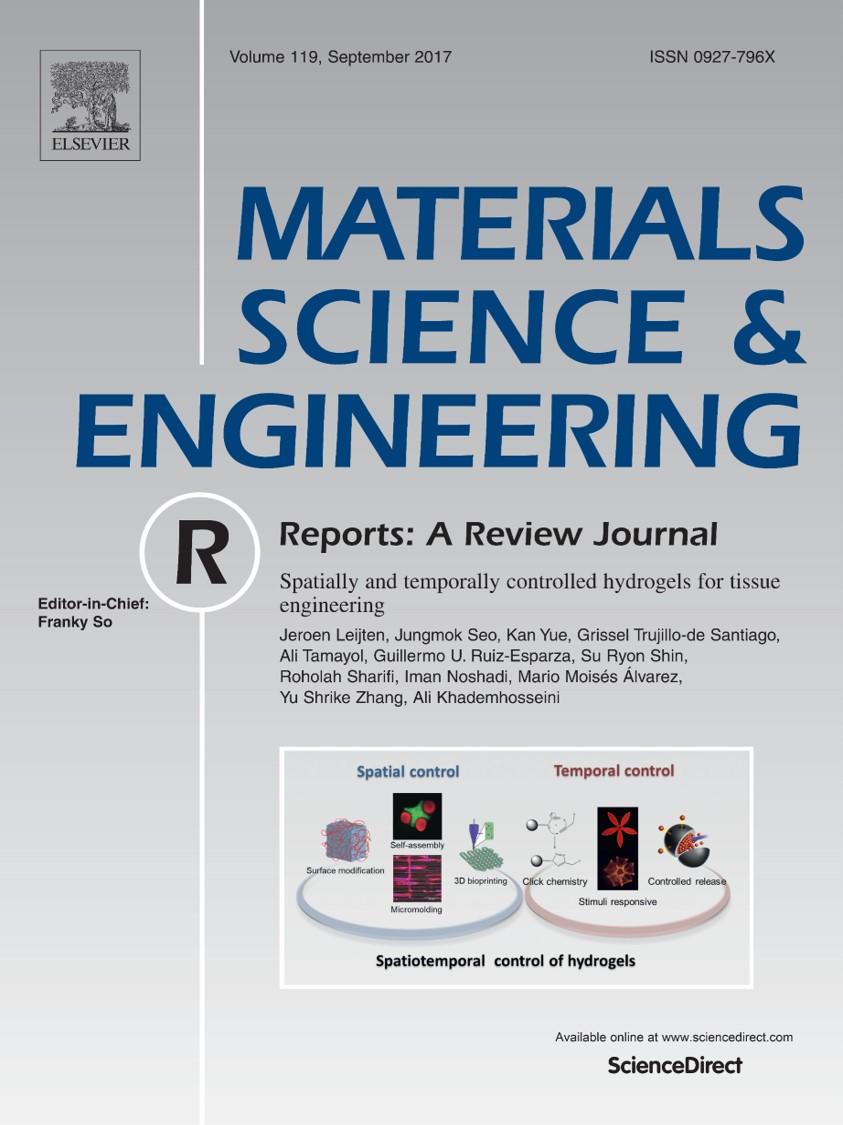Blanco E, Takafumi S, Hsiao A, Ruiz-Esparza GU, Ferrari M, and Meric-Bernstam F. 12/15/2012. “
Site-Specific, Concomitant Delivery of Rapamycin and Paclitaxel in Breast Cancer: Consequent Synergistic Efficacy Enhancement.” In Cancer Research, 24th ed., 72: Pp. P6-11-03-P6-11-03. San Antonio, Texas, USA: Thirty-Fifth Annual CTRC‐AACR San Antonio Breast Cancer Symposium.
LinkAbstract
Background: The phosphatidylinositol 3-kinase (PI3K)/Akt/mammalian target of rapamycin (mTOR) (PI3k/Akt/mTOR) pathway is dysregulated in certain breast cancers. Ongoing clinical trials aim to therapeutically exploit this pathway through administration of rapamycin (RAP), an mTOR inhibitor, in combination with paclitaxel (PTX). However, actual drug synergy in clinical settings may not be fully realized due to disparate pharmacokinetic parameters of individual drug formulations, wherein drugs or their effects may never be present in the tumor at the same time. Our objective was to generate a nanoparticle platform capable of site-specifically delivering precise amounts of rapamycin and paclitaxel to breast tumors with hopes of increasing synergistic targeting of the PI3k/Akt/mTOR pathway.
Materials and Methods: Drug-containing nanoparticles composed of amphiphilic block copolymers of pegylated poly(∈-caprolactone) (PEG-PCL, MW = 5k-5k) were fabricated and nanoparticle size and drug loading efficiency was determined. In vitro growth inhibition of nanoparticle formulations of varying ratios was evaluated in MCF-7 and MDA-MB-468 breast cancer cells via sulforhodamine B assays, after which median-effect plot analyses and combination index calculations were conducted. Antitumor efficacy studies were performed in female nude mice bearing MDA-MB-468 tumors, in which nanoparticles were administered intravenously twice a week for the duration of three weeks. Biodistribution of drug-containing nanoparticles in extracted tumors were examined, as well as reverse phase protein array (RPPA) analysis to gain insights into site-specific synergy.
Results: Nanoparticles were spherical, with an average diameter of 9 nm. Both rapamycin and paclitaxel loaded favorably, allowing for customization of different ratios within nanoparticles. Combination indices demonstrated that a 3:1 ratio of RAP:PTX had the most synergy in MDA-MB-468 breast cancer cells in vitro, a synergy found to be preserved in vivo. Significant tumor regression (> 1.5 fold reduction from initial tumor volume) was observed in vivo upon administration of 3:1 RAP:PTX (15:5 mg/kg) nanoparticles. The precise ratio of rapamycin and paclitaxel (3:1) was found maintained in tumors 24 h after administration, an effect not achievable with free drug formulations. RPPA analysis demonstrated effective blocking of mTOR and Akt 24 h after administration of nanoparticles, key events in drug synergy.
Discussion: Site-specific delivery of synergistic agents in precisely-controlled drug ratios, possible through their incorporation into nanoparticles, was shown to be highly efficacious against breast tumors. Findings demonstrate the ability to deliver specific drug ratios to tumors, potentially precluding the need to administer maximal doses of both agents in order to achieve synergy, lessening patient side-effects. This study demonstrates the potential for prediction of in vivo therapeutic outcomes from in vitro synergistic findings. Nanoparticle delivery of drugs may also yield enhanced understanding of mechanisms of synergy between molecular-targeted drugs and traditional chemotherapeutics in vivo, resulting in novel and more efficacious treatment regimens.
 blanco_et_al_cancer_research.pdf
blanco_et_al_cancer_research.pdf 

















